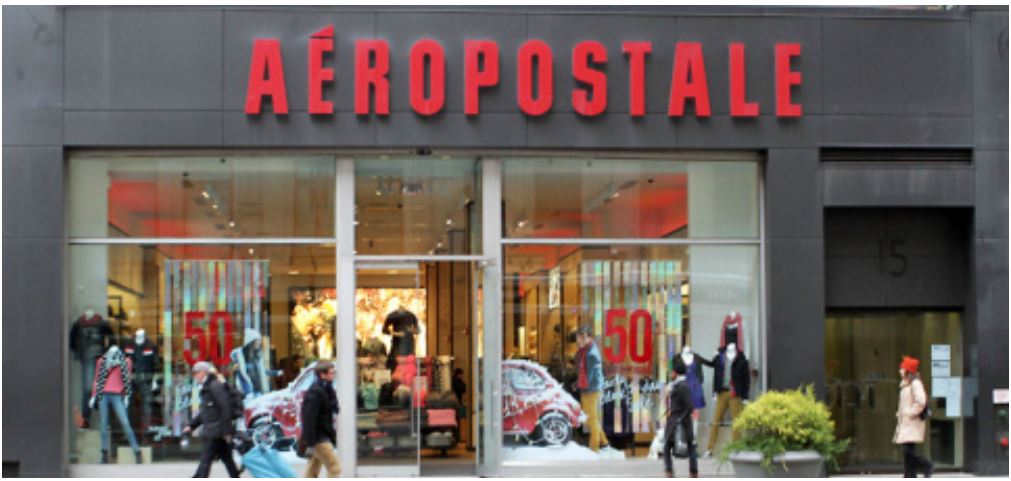
Web Developers
According to The Wall Street Journal, Aéropostale is preparing to file for Chapter 11 bankruptcy protection within the next few days. With the filing, the company is expected to close at least 100 of its 1,100 owned and franchised stores. The company is in talks with Crystal Financial to provide a loan to finance its operations during the bankruptcy and reorganization process.
In the last few years, a number of mall-based retailers have filed for bankruptcy. The teen space, where fast-fashion retailers have proved to be formidable competition, has been hit particularly hard. Pacific Sun, Cache, Wet Seal, Delia’s and Quiksilver have all filed for bankruptcy within the last year and a half.
As a point of reference, Aéropostale has generated losses in each of its last three fiscal years, and has struggled to offer compelling, differentiated assortments.
Unfavorable statistics in terms of retail bankruptcies and reorganizations do not bode well for Aéropostale. According to AlixPartners, roughly 55% of the US retailers that filed for bankruptcy since 2005 ended up going out of business, versus just 5% in other industries. The Sports Authority recently abandoned plans to reorganize and decided to sell the business instead, either as a whole or in parts.
Several economic factors—including capital constraints, competition from online and discount retailers, and weak consumer demand—have contributed to the liquidation of many retailers, but changes made to the US Bankruptcy Code in 2005 have played a significant and often overlooked role.
The Bankruptcy Abuse Prevention and Consumer Protection Act of 2005 (BAPCPA) condensed the timeline for companies to get a sale or reorganization plan approved before they are forced into liquidation. The law, pushed for by landlords tired of having tenants in protracted Chapter 11 cases, shortened the time a retailer can spend in bankruptcy. When tenants idle in bankruptcy, landlords must deal with the uncertainty of whether they will need to find new tenants if the bankrupt company ends up ceasing operations. With the 2005 law, Congress aimed to prevent bankruptcy cases from expensively dragging on and thereby give landlords certainty sooner. The law now gives bankrupt retailers just 210 days to decide what to do with their store leases.
Given this short time frame, lenders who finance retailers through bankruptcy often provide only short-term loans, as they are concerned with protecting their own collateral. This makes the 210-day timeline even tighter for retailers, since it can take up to 90 days to hold a going-out-of-business sale. Therefore, lenders often try to decide whether to liquidate or reorganize a debtor in just 120 days.